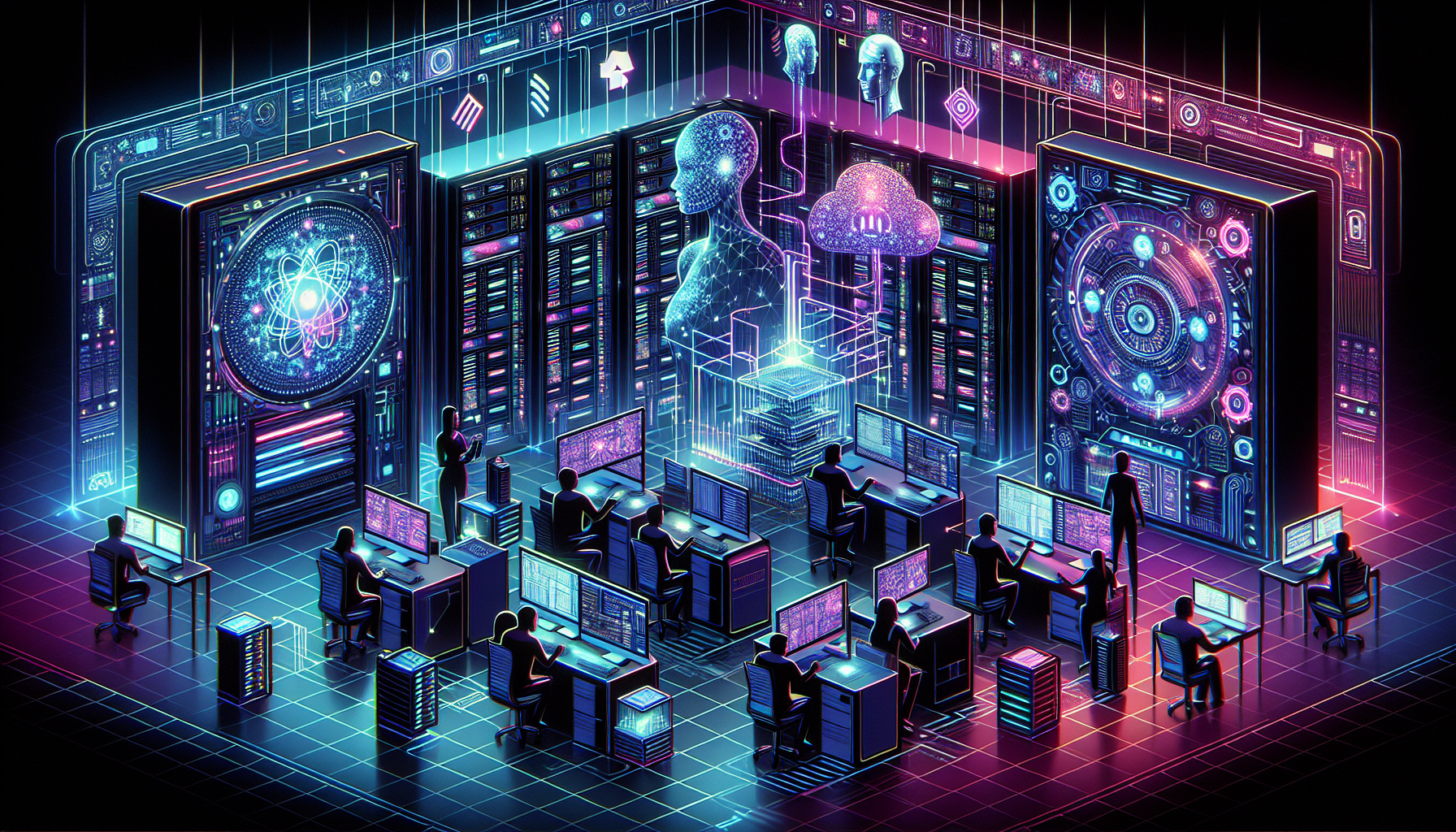Continuous Integration and Continuous Deployment (CI/CD) Workflows: Building for Reliability and Speed in 2024
In the ever-evolving landscape of software development, CI/CD practices stand as essential pillars for achieving both speed and reliability in software deployment. As we move into 2024, the integration of advanced technologies and methodologies in CI/CD workflows is increasingly critical for companies aiming to stay competitive and agile. This post explores the best practices and tools that are setting the trends for CI/CD workflows in 2024.
Understanding CI/CD Workflows
What is Continuous Integration?
Continuous Integration (CI) involves the process where developers frequently integrate their code changes into a shared repository. Each integration is verified by an automated build and tests to detect integration errors as quickly as possible, facilitating smoother workflows and earlier problem detection. Here’s a typical CI workflow:
git push origin main
CI server triggers automated build and test suite
Receive feedback and act accordingly
What is Continuous Deployment?
Continuous Deployment (CD) takes the automation a step further by ensuring that after the CI process, all changes that pass all stages of the production pipeline are released to customers without any human intervention. This practice drastically reduces the manual steps involved and ensures quick turnaround times. An exemplary CD pipeline might look like this:
CI pipeline succeeds
Automated scripts deploy code to production environments
Monitoring and rollback mechanisms activate if issues are detected
Best Practices for CI/CD in 2024
Innovations in CI/CD are constantly evolving. Here are some best practices poised to shape this field in 2024:
- Shift-Left Testing: Integrate testing earlier into the development cycle to catch defects sooner and reduce production bugs.
- Infrastructure as Code (IaC): Automate the setup of environments using code, enhancing consistency, and reducing errors associated with manual configurations.
- Monitoring and Analytics: Implement real-time monitoring and predictive analytics to quickly respond to issues and improve overall system health.
- Microservices and Containers: Utilize microservices architecture and containerization to enhance scalability, isolation, and deployment speed.
- AI-Enhanced Automation: Leverage AI and machine learning technologies to predict failures, automate complex decision-making processes, and optimize resource management.
Cutting-Edge Tools for CI/CD in 2024
Selecting the right tools is crucial for an efficient and reliable CI/CD pipeline. Here are key tools that are making a significant impact:
- Jenkins X: Built specifically for cloud-native applications on Kubernetes, offers powerful pipelines and environments management features.
- GitHub Actions: Enables automation of workflows right within your GitHub repository settings.
- GitLab CI: Provides a comprehensive DevOps software suite with features for every stage of the DevOps lifecycle.
- CircleCI: Known for its flexibility and high-speed performance.
- Spinnaker: An open-source, multi-cloud continuous delivery platform for releasing software changes with high velocity and confidence.
Conclusion
As we continue navigating through 2024, the emphasis on robust CI/CD workflows only grows stronger. By incorporating the latest technologies and following best practices, organizations can achieve unprecedented reliability and speed in their software development processes. Embracing these advancements is not just about keeping up; it’s about setting the pace in a rapidly transforming digital world.




